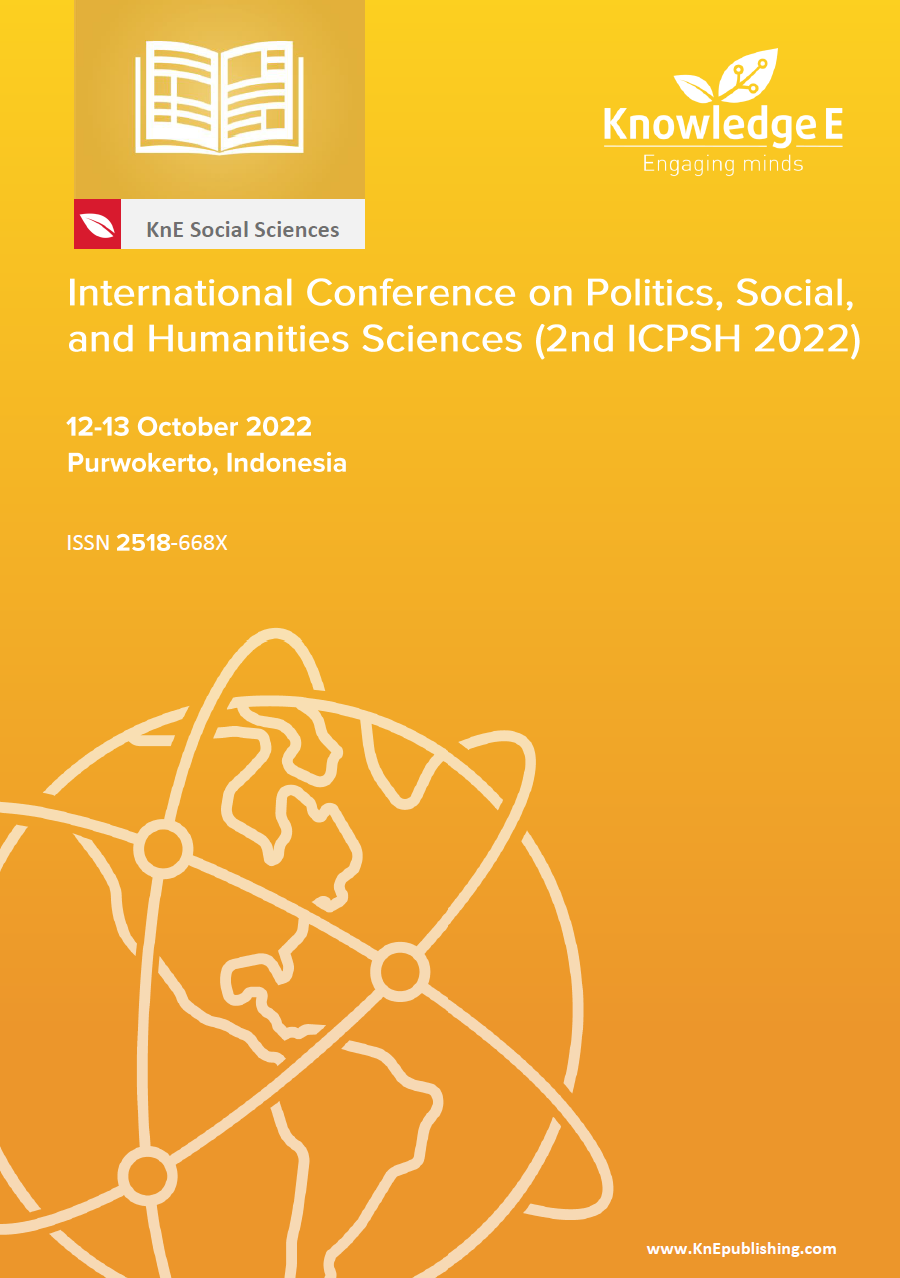Human Development Index and Local Government Performance: Evidence from Central Java Province, Indonesia
DOI:
https://doi.org/10.18502/kss.v8i3.12830Abstract
This research examines the relationship between the human development index (HDI) and local government performance. Further, our study divided the HDI into life expectancy, education, and per capita income. The measurement of local government performance was done through evaluation of local government performances from the Ministry of Home Affairs, Republic of Indonesia. The current study sample consists of the local government in Central Java Province during the 2014-2019 period. There are 35 local governments in Central Java Province, with 210 observations. The result of the study shows that HDI has a positive effect on local government performance. The higher HDI index has improved the performance of local government. Further, life expectancy and income per capita positively affect the local government’s performance. On the other hand, education has no significant effect on the local government’s performance. This study also investigates the effect of HDI on future local government performance. The result of the study also confirms the expectation that HDI has improved the next year’s local government performance. It is expected that the local government will give more attention to improving the HDI index, thus, improving the local government’s performance.
Keywords: human development index, local government, performance, life expectancy, income per capita
References
Zhang J, Danish D. The dynamic linkage between information and communication technology, human development index, and economic growth: evidence from Asian economies. Environ Sci Pollut Res Int. 2019 Sep;26(26):26982–90.
Novid A, Sumarsono H. Human development index, capital expenditure, fiscal desentralization to economic growth and income inequality in East Java Indonesia. Quantitative Economics Research. 2018;1(2):108–18.
Ranis G, Stewart F, Ramirez A. Economic Growth and Human Development. World Dev. 2000;28(2):197–219.
Arimah B. Poverty Reduction and Human Development in Africa. J Hum Dev. 2004;5(3):399–415.
Sarkodie SA, Adams S. Electricity access, human development index, governance and income inequality in Sub-Saharan Africa. Energy Rep. 2020;6:455–66.
Castells-Quintana D, Royuela V, Thiel F. Inequality and sustainable development: insights from an analysis of the human development index. Sustain Dev (Bradford). 2019;27(3):448–60.
Reyes GE, Useche AJ. Competitiveness, economic growth and human development in Latin American and Caribbean countries 2006-2015. Compet Rev. 2019;29(2):139– 59.
Prasetyoningrum AK, Sukmawati US. Analisis Pengaruh Indeks Pembangunan Manusia (IPM), Pertumbuhan Ekonomi dan Pengangguran Terhadap Kemiskinan di Indonesia. Equilibrium. Jurnal Ekonomi Syariah. 2018;6(2):217–40.
Yuliadi I. Determinants of Regional Economic Growth in Indonesia. Jurnal Ekonomi Studi Pembangunan. 2020;21(1):125–36.
Saputra DA, Ardila LN, Siddi P, Sutopo B. Financial characteristics, human development index, and performance: a study of local governments in Indonesia. Jurnal Akuntansi dan Auditing Indonesia. 2018;22(2):94-104. https://doi.org/10.20885/jaai.vol22.iss2.art2.
Riphat S, Setiawan H, Damayanty SA. Causality Analysis Between Financial Performance And Human Development Index: A Case Study Of Provinces In Eastern Indonesia. Kajian Ekonomi dan Keuangan. 2016;20(3):231-240.
Al-Nasser A, Al Hallaq SS. Impact of human poverty on the human development index in jordan within the period 2003-2016. International Journal of Business Society. 2019;20(2):552–262.

